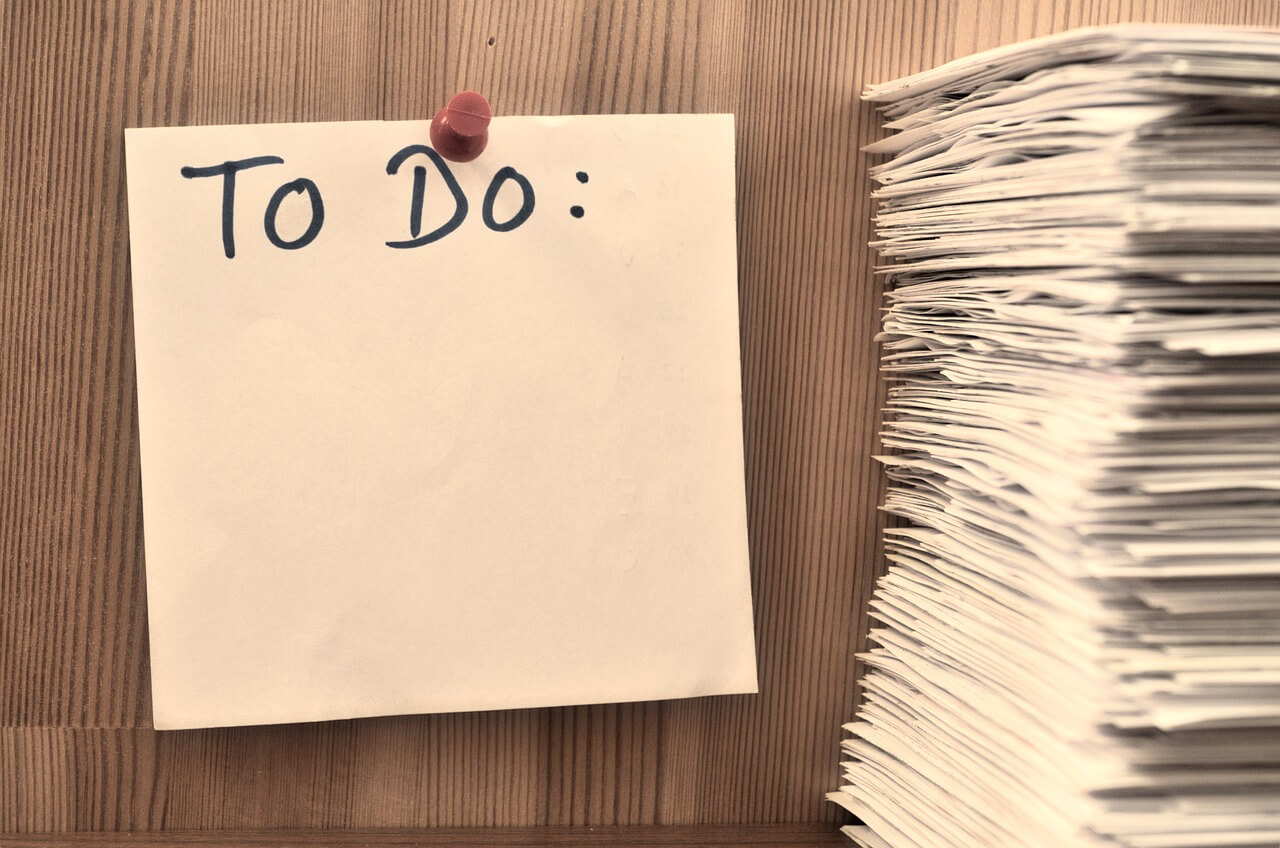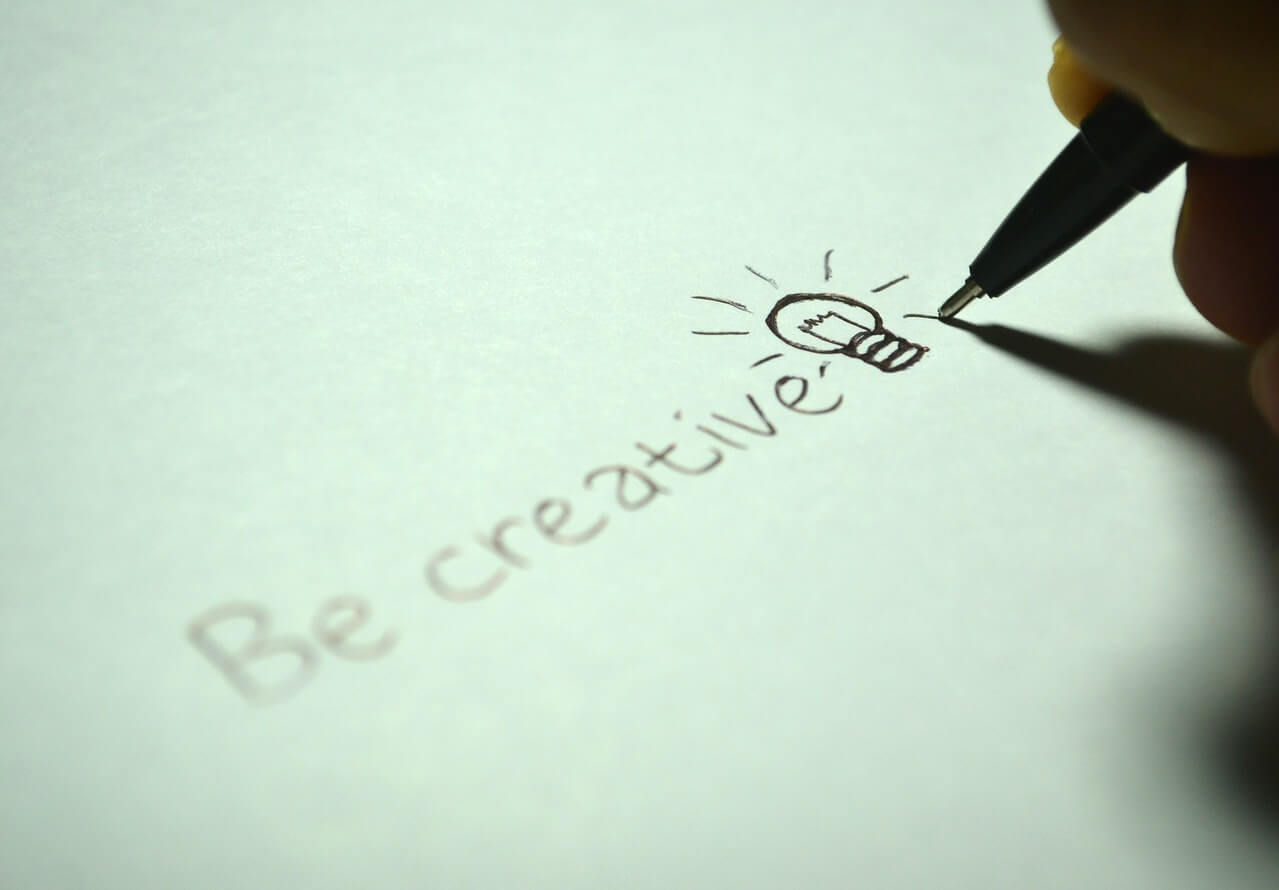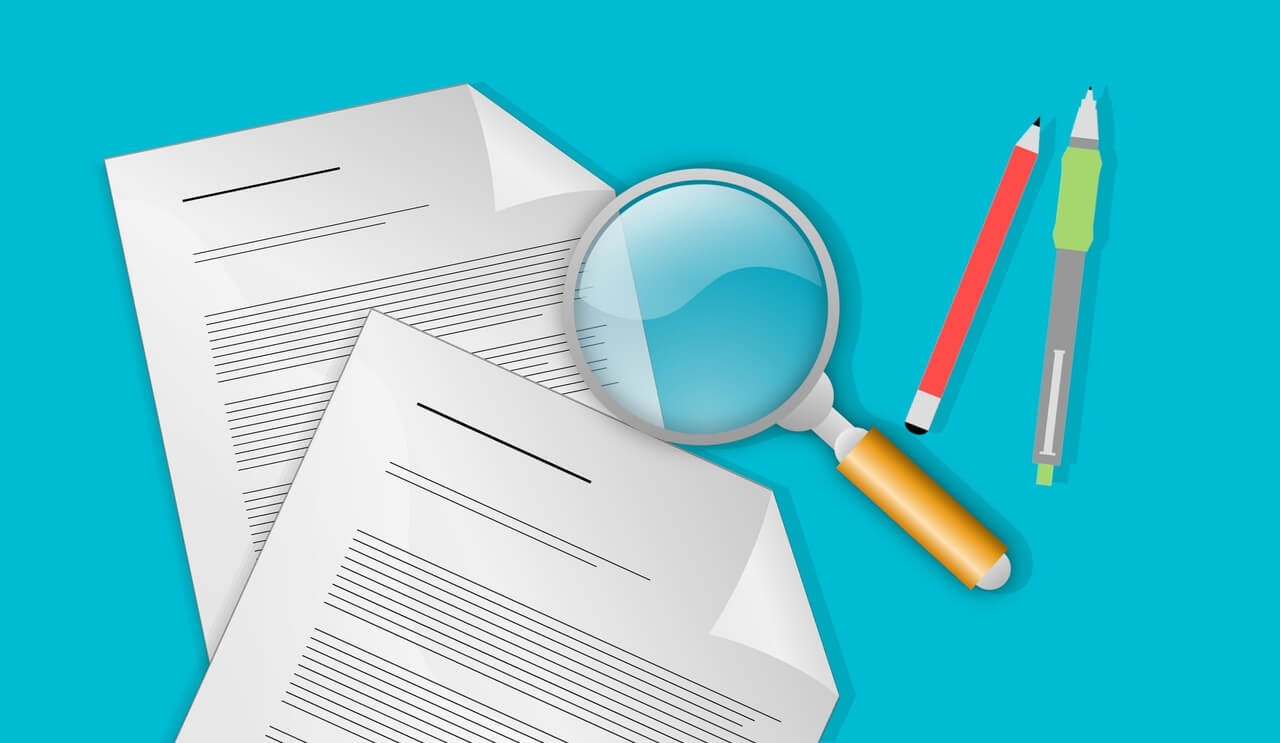I Recommend The Guide
One of the many pleasures in attending the recent national conference of the Association of Proposal Management Professionals (APMP) in Dallas was visiting the Shipley Associates booth. Over the past few decades, Steve Shipley and Shipley Associates have probably done more to advance the proposal profession than any other company. The new Shipley Proposal Guide 4.0 (2011) by Larry Newman exemplifies this contribution.
There are many excellent proposal guides available today, but I believe that the Shipley Proposal Guide is the best. I have kept earlier editions close to my desk. This one will be no exception.
Although this book is designed for companies, I strongly recommend that it be used by nonprofit organizations too. Most of Newman’s advice equally applies to grant proposals to government agencies.
Guide Contents
According to Larry Newman, the new guide has three aims:
(1) Help win competitive business more effectively, efficiently, and consistently;
(2) Offer clear and practical advice to business professionals about proposal development; and,
(3) Provide best-practice guidelines.
The Guide will help you and your nonprofit organization to:
• Align your proposals with the government agency’s evaluation criteria.
• Use a disciplined development process that emphasizes up-front planning.
• Schedule proposal development steps and maintain fidelity to the schedule.
• Orient your strategy to the government agency’s perspective.
• Focus your effort by writing an early executive summary.
• Apply proven process and management processes to proposal development.
• Write to the government agency.
• Use color reviews to control your development process and improve your proposals.
The Guide accomplishes these goals clearly by dividing the proposal development process into six topics: document design, proposal management, pricing and costing, process design, proposal writing, and sales and capture management. Within these six topics are over fifty subtopics that are each presented in a few pages. Two of these topics are described below.
Example 1: Executive Summaries
Under the topic “proposal management” there are six pages devoted to the all-important topic of “executive summaries.” The section begins with a strong, forthright statement: “Executive Summaries are the most important pages in a proposal. They set the tone for individual evaluators and are often the only pages read by the decision makers.”
The rest of the section breaks the development of good executive summaries into eight steps: (1) always include an executive summary; (2) maintain a customer focus; (3) build on your existing process and strategy; (4) organize the content to be clear and persuasive; (5) expand the four-box model template into a single- or multiple-page draft; (6) develop based on best-in-class practices; (7) follow sound writing guidelines; and (8) follow a defined process when preparing on short notice.
Each of these eight steps in clearly explained and illustrated with examples, pictures, charts, and tables. At the back of the Guide, there are three model executive summaries that will help anyone envision their own executive summaries for particular proposals.
Example 2: Gobbledygook
Under the topic “proposal writing,” there are about two pages devoted to “gobbledygook.” First, the word is defined and illustrated. Then Newman recommends two antidotes to proposal gobbledygook: (1) use specific words; and (2) avoid long, complex, and convoluted phrases.
Both antidotes are presented with all-too-familiar examples. There is even a table of common gobbledygook with its antidotes. “Activate” should be replaced by “start” while “heterogeneous” should be replaced by “different.”
The entries on executive summaries and gobbledygook are typical of the Guide. Everything is presented very logically and briefly with plenty of bad and good examples. These entries are a pleasure to read and easy to follow.
I strongly recommend the Shipley Proposal Guide 4.0. It can be ordered online at ShipleyWins.com. This book is indispensable. For NPOs, it will improve your government grant proposals, and for proposal professionals, it will advance your career.
=-=-=-=-=-=-=-=-=-=-=-=-=-=
Dr. Jayme Sokolow, founder and president of The Development Source, Inc.,
helps nonprofit organizations develop successful proposals to government agencies.
Contact Jayme Sokolow.
=-=-=-=-=-=-=-=-=-=-=-=-=-=
If you’re reading this on-line and you would like to comment/expand on the above, or would just like to offer your thoughts on the subject of this posting, we encourage you to “Leave a Reply” at the bottom of this page, click on the feedback link at the top of the page, or send an email to the author of this posting. If you’ve received this posting as an email, click on the email link (above) to communicate with the author.









